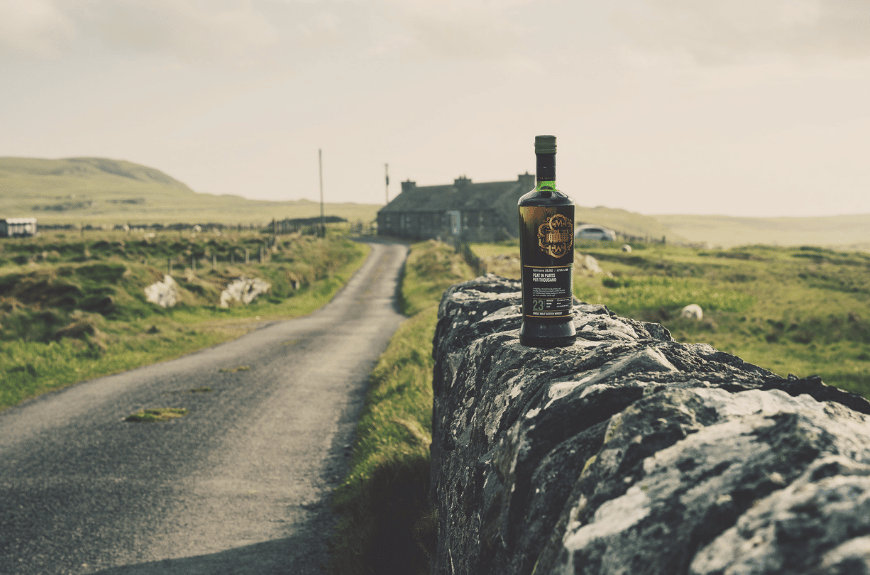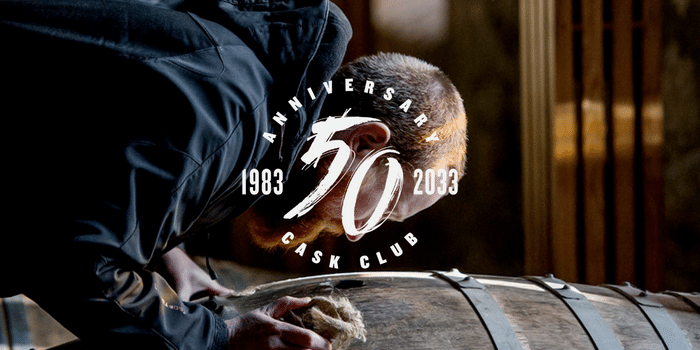End of Year 2025
Scotch Malt Whisky Society chief executive Andrew Dane looks back on a momentous 2025
Read all about it...


BE PART OF THE JOURNEY - NEW CASKS ADDED!
The Scotch Malt Whisky Society is offering you an unmissable opportunity to create your very own personalised bottling.
Discover more